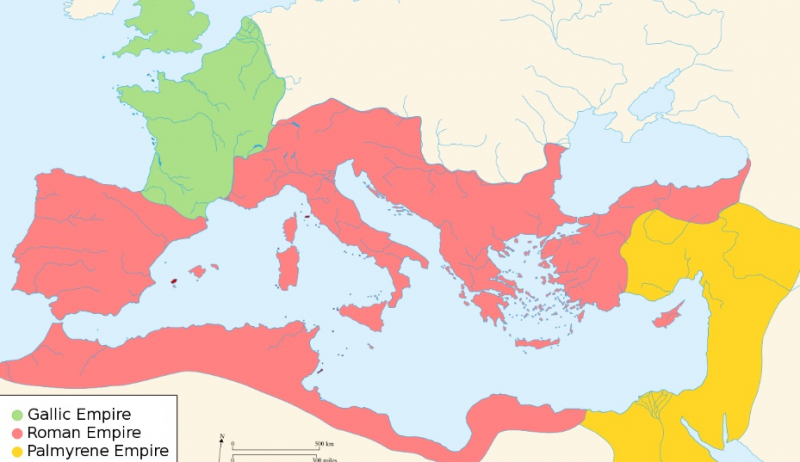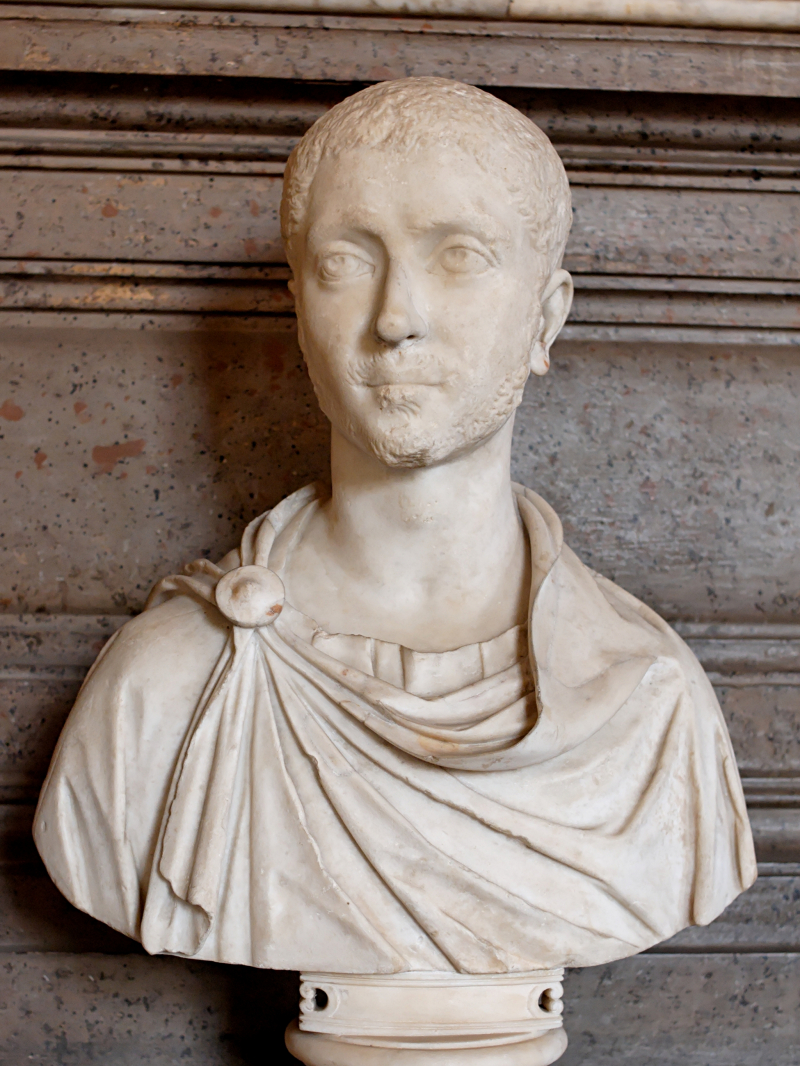The Third Century Crisis
The Third Century Crisis, also known as Military Anarchy or the Imperial Crisis (AD 235-284), was a time in which the Roman Empire was on the verge of disintegration. It came to an end with Aurelian's military triumphs and Diocletian's ascent and the execution of reforms, including the Tetrarchy, in 284.
The crisis began in 235 when Emperor Severus Alexander was assassinated by his own forces. During the next 50 years, the Empire faced barbarian invasions and migrations into Roman territory, civil wars, peasant rebellions, and political instability, with many usurpers vying for control. This resulted in the Plague of Cyprian, financial debasement, and economic collapse. This resulted in the Plague of Cyprian, financial debasement, and economic collapse. Over time, Roman armies became more reliant on the growing influence of barbarian mercenaries known as foederati. Although nominally serving for Rome, Roman field commanders became increasingly independent.
By 268, the empire had divided into three rival states: the Gallic Empire (which included the Roman provinces of Gaul, Britannia, and, temporarily, Hispania); the Palmyrene Empire (which included the eastern provinces of Syria Palaestina and Aegyptus); and the Italian-centered Roman Empire proper.
At least 26 people claimed the title of Emperor, most of whom were notable Roman army generals who gained imperial control over all or part of the Empire. During this period, the same number of persons were approved as emperors by the Roman Senate and thus became legitimate emperors. Later, Aurelian (AD 270-275) militarily unified the empire. In 284, Diocletian and his restructuring of the Roman imperial administration brought the crisis to a conclusion. This contributed to the Empire's economic and military stability for another 150 years.
Most historians regard the crisis as defining the transition between the historical periods of classical antiquity and late antiquity because it caused such dramatic changes in the empire's institutions, society, economic life, and religion













